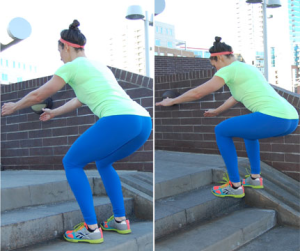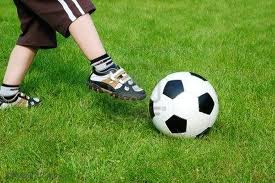There are some glaring similarities between illegal drug use, and food addiction. Certain food are actually designed to make you crave them again and again. As a society, we have no qualms condemning drugs as dangerous and reckless. Shouldn’t we start adopting a mindset that condemns dangerous foods that contain addictive and damaging properties?
Here are seven similarities between drug addiction and food addiction that must be recognized.
- Wanting more and more
One thing that’s evident about junk food and sugar is that the more you eat, the more you seem to want to eat. You can do an experiment at home and eat food that contains high sugar. Even if you don’t crave more right away, chances are your body will crave more later on. After a while you will feel sluggish—and maybe even a little guilty—resulting in the desire to eat more sugar.
The sugar in food increases serotonin in the brain (a hormone that makes us feel happiness and comfort). This same hormone is aggressively stimulated by hard drugs. The problem with over stimulation of serotonin is that at some point, your brain hits a low because of depletion. The only way to get that ‘high’ back is by eating more of the same foods that caused the stimulation in the first place.
- A lack of satiation
There are two different types of enjoyment when eating.
- The on is the satisfaction of hunger. Your body gets hungry for certain nutrients that it needs, and you satisfy the hunger with nutritious food. This in turn helps you to enjoy your food and feel good about eating.
- The other is eating because of the way the food makes you feel. It tastes good, and therefore makes you think you are satisfying your hunger.
The problem with the second type of enjoyment is that it can easily override the natural feeling of hunger. Basically, you are feeding yourself with food that is satisfying a craving, but not the actual hunger. This results in a nutrition deficiency and if unchecked, full blown food addiction.
Drugs work in very much the same way as the second form of eating. Your brain tells you that it needs the chemical, but in actual fact your body is being damaged by it. When you crave sugar or junk food, your body doesn’t need it at all. The chemical is fooling your brain into thinking you do.
- Damage to the body
That brings us to the third similarity. The very food that is triggering your brain’s serotonin is actually causing very real damage to your body. Like drugs, if you continue to eat unhealthy food, you will incrementally damage your health and cause irreversible side effects.
In addition to the dangerous chemicals entering your body, you are also depriving your body of the nutrition it does need. This of course causes further damage.
- Conditioning of the brain
If a habit is formed where eating in a certain way becomes the norm, then breaking out of that habit is extremely difficult. Because of the chemicals involved, the brain will continue to signal for more of the substance.
Now to be fair, for some, breaking off a food addiction is relatively easier than breaking off a drug addiction; but the science remains the same. There has to be a cold turkey effect—a breaking off of the substance in order to replenish balance.
- Replacing the ambitions
A scary part about food addiction is that is can consume you as much as any other substance abuse problem. In a sense, the food addict lives for his or her next ‘fix’. The only thing some people look forward to is their next meal or snack.
This can lead to a serious lack of drive and ambition. Instead of working on their careers or achieving their goals, they develop an obsession with eating. This of course is not due to the eating itself; it stems from the chemical reaction certain foods have on the brain.
- Secrets and lack of self confidence
There is a strong emotional attachment to junk food binging as well as drug use. Many people who struggle with their weight are ashamed to eat in public. Why? Because actively partaking in the action that is causing the problem creates a sense of guilt.
Drug use is also done in secret. The association we have with a drug user is someone who locks themselves in a dark room and partakes of their guilty pleasure. Food binging is no different.
- The need for rehabilitation
There is a series of symptoms that officially determine whether or not a person is addicted or not. These symptoms are not physical, but behavioural. They include:
- Wanting to quit but not being able to
- Not quitting despite negative physical symptoms
- An addictive mindset that uses the substance as an escape
As many therapists will tell you, the best way to break a bad habit is to replace it with a new one. When it comes to food addiction, good habits like exercise, healthy eating, self confidence, etc. can become strong motivators in curbing destructive behaviour.
These similarities are actually quite frightening. It shows that we have come to a point where we must unapologetically view sugar as a drug. If you have recognized these symptoms in yourself or anyone you know, it may be time to confront binge eating for what it really is: An addiction.










